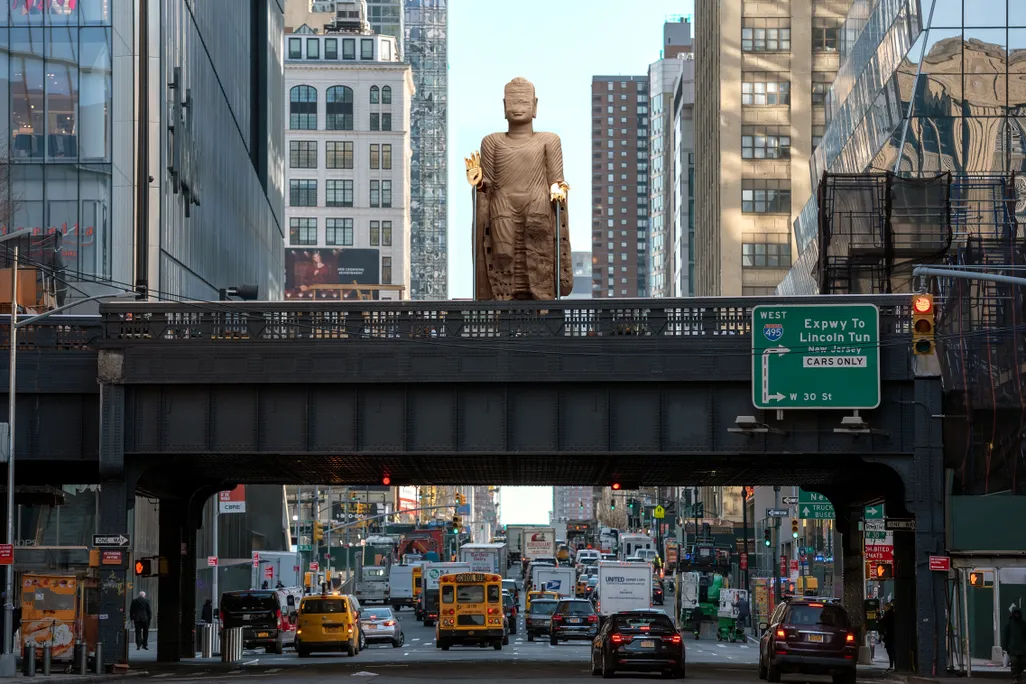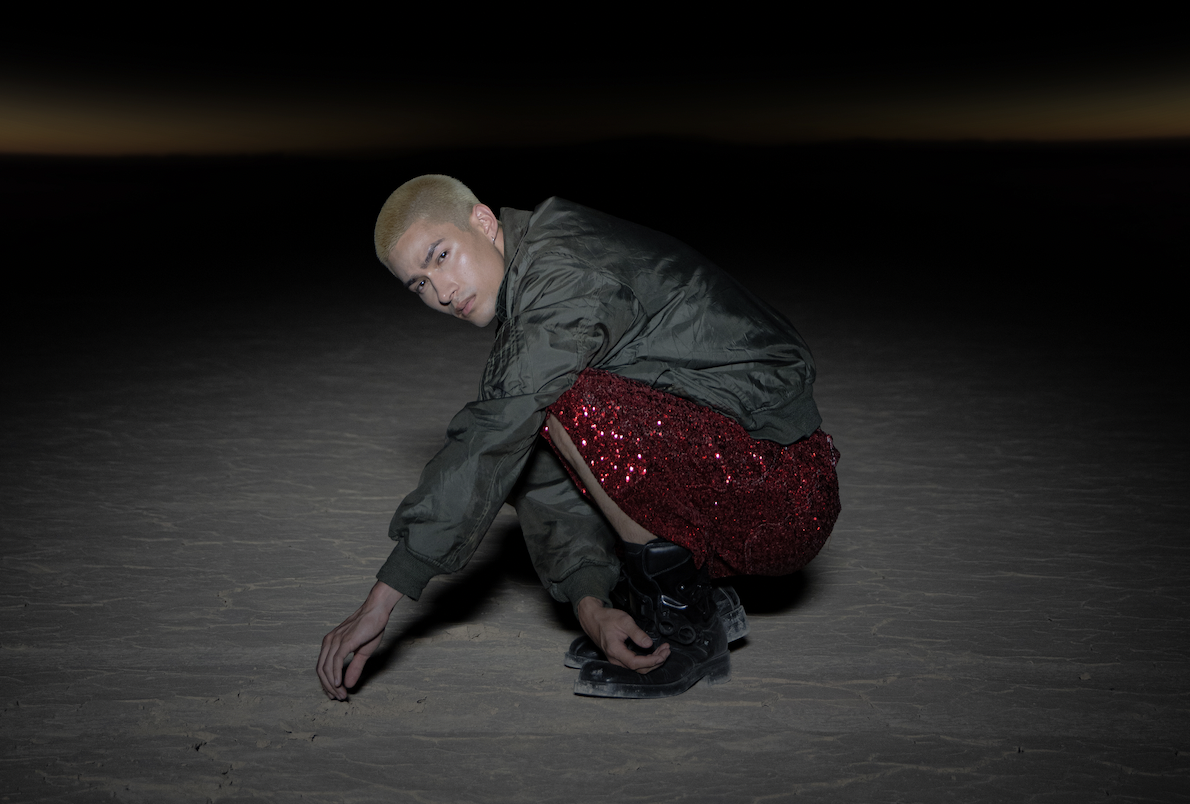Jia Zhangke has always gravitated towards a sense of destruction, and, occasionally, rebirth. Take the set of Still Life, for example: Fengjie, site of the Three Gorges Dam, was enduring a State-mandated process of demolition when Jia was filming. The 2004 work neatly captures the way Jia constantly permeates the line between documentary and fiction, and perhaps this is why Walter Salles’ documentary about the film-maker, Jia Zhangke: A Guy From Fenyang, strikes such a harmony with auteur’s filmography. For Jia, cinema has always sort of been documentary anyway.
As Variety notes in an approving review of the A Guy From Fenyang, “auteur portraits of fellow auteurs don’t always make for illuminating films: The line between sincere mutual appreciation and smug mutual congratulation can be a fine one.” Salles’ admiration for Jia’s work is apparent, but just as Salles disappears behind the camera, Jia emerges with an honesty about where his work comes from. Often, that inspiration goes back to Fenyang.
Jia’s obsession with location redoubles its effect as Salles returns to the locations of Jia’s films, including his hometown. In the film, the director of photography for Still Life recalls, “He said we were making documentary and asked what equipment to use… but after a week, Jia decided he wanted to make a fiction.” But even Jia’s “fictions” are unusually, inevitably shaped by a documentary reflex: his cousin Sanming stars in Still Life, and Fengjie’s on-screen demolition is as real as it gets. The World has a similar vibe, and he frequently turns to locals as extras, if not stars, to lend his work an inescapably ad-hoc quality, as if he simply dropped in with a camera and walked away with some of the best-regarded films China has ever produced. A famous opening scene in Platform, he recalls, includes a fidgeting group of Fenyang locals chatting and smoking, a crowd he “secretly” filmed while they were waiting for the “real” scene to start.

A Guy From Fenyang proceeds as a chronological review of Jia’s filmography, moving from the early, censored successes in Fenyang that put him on the map (Xiao Wu and Platform), to more recent works in Beijing (The World) and Chongqing (Still Life). The shifting urban topography and upheaval that has always dominated Jia’s films is revisited by Jia himself. As he walks through his old-town neighborhood in Fenyang, he recalls his childhood and scenes from Xiao Wu and Platform simultaneously; it all happened in the same place, but even as he captured that change in his films, Fenyang, Beijing, and Fengjie have all continued to evolve, to decay, grow, and be rebuilt. “[Jia] is also registering a cultural movement; he is registering a collective memory,” Salles said in an interview at the New York Film Festival in 2016.
The shifting urban topography and upheaval that has always dominated Jia’s films is revisited by Jia himself in “A Guy From Fenyang”
Jia has a surprisingly unprepossessing stage presence for such a celebrated director. He is short, with a round, kind face. Late in the film, he addresses a packed room at the Central Academy of Fine Arts in Beijing seated, with his feet dangling above the ground. He appears almost childish. “I believe most Chinese people resemble the people in my films,” he says. “You might call the characters in my films ‘non-holders of power.’” He sees all his characters as subjects of the country’s seismic shifts, but never as the agents of change themselves.

A Guy From Fenyang, like Jia’s own films, ends on a less-than-promising note. Of course, Jia’s career has been defined by his varying success navigating government censors. Platform has never been released in China in any official form: the film spread mostly through illegally pirated DVDs. On the last day of shooting A Guy From Fenyang, Jia was informed that A Touch of Sin, supposedly approved by the State Administration of Press, Publication, Radio, Film, and Television (SAPPRFT — the official government body in charge of administering, supervising and censoring such content), would not be released in China. The final scene captures Jia and his colleagues processing the news.
As of now, A Touch of Sin has made 68 festival appearances, but hasn’t been released in China. If you’re in the United States, you can find A Guy From Fenyang on Netflix.
Director: Walter Salles
Release Date: October 2014 (Sao Paulo International Film Festival)
Run Time: 105 minutes
Where to watch: In the United States, it’s on Netflix.
Trailer:
| Column Archive |

















